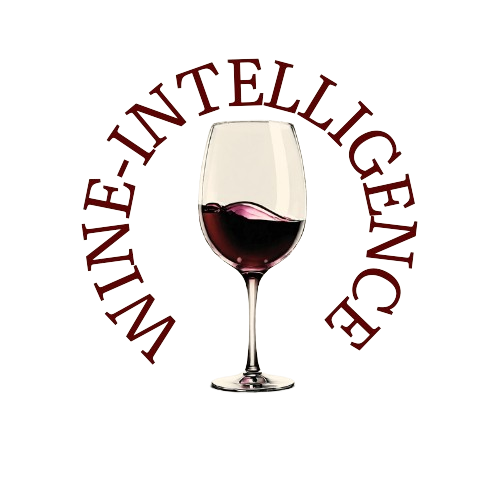The global fine wine market last week has seen some significant shifts in the past week, with Bordeaux strengthening its dominance by securing a 40.5% share of the traded value.
The region's remarkable performance was largely driven by the 2020 vintage, which was the most frequently traded, followed by the 2016 and 2021 vintages. Among Bordeaux wines, Petrus emerged as the leader, with eight of its vintages changing hands. The prestige and long-term investment value of Bordeaux wines continue to make them highly sought after in the secondary market, underlining the region’s reputation for quality and rarity.
Burgundy, a close contender, captured a 17.0% share of the traded value. Domaine de la Romanée-Conti, known for producing some of the most coveted wines in the world, was the region's top-traded producer. Eleven of its wines were transacted, most of which were in loose bottle format, indicating a preference for flexible buying and selling within the Burgundy market. Burgundy’s allure remains undeniable, with high demand for wines that showcase elegance, complexity, and age-worthiness.
Champagne followed with a 15.3% share of the traded value, with non-vintage Champagne taking the largest portion. The 2015 vintage also saw strong activity, ranking as the second-most traded by both value and volume. Champagne continues to be a popular choice for collectors and investors, given its festive appeal and consistent market performance. Non-vintage Champagne, in particular, remains a staple for both investment and enjoyment, as consumers seek value and quality in their purchases.
Tuscany saw a notable increase in its market share, rising from 7.4% to 8.4%. Sassicaia, a renowned Super Tuscan, was the region’s top-traded wine, accounting for nearly a quarter of Tuscany's traded value. In addition to the recent vintages, a case of the 1985 Sassicaia was sold for an eye-popping £24,000 per 12-bottle case, demonstrating the region’s strong secondary market for both young and mature wines. The release of the 2022 vintage at £2,500 per 12 bottles also generated significant attention, reinforcing the growing global demand for Tuscany's finest offerings.
Piedmont, which typically plays a prominent role in the market, saw a drop in its share from 5.8% to 3.5%. While still influential, the region is facing increasing competition from other regions in Italy and abroad.
The United States saw a notable surge in trade activity, with its market share climbing from 3.0% to 5.2%. Screaming Eagle, a cult producer based in Napa Valley, dominated the trade with nearly half of the region’s total value. The 2021 vintage of its Oakville Cabernet Sauvignon traded at a record-low £19,880 per 12 bottles, sparking interest from collectors looking for value in what remains one of the most coveted wines in the world.
Spain, which had a strong showing in previous weeks, saw a decline in its trade share, dropping to just 1.6% of the total value. Despite this setback, Spanish wines continue to offer exceptional value, and their market presence remains significant.
In conclusion, the global wine market continues to be driven by established regions like Bordeaux, Burgundy, and Champagne, with newer trends emerging in Tuscany and the United States. The trade in rare and sought-after vintages shows no sign of slowing, with collectors and investors constantly seeking the next big opportunity. The wine market remains a dynamic and evolving space, with shifts in demand reflecting broader economic and cultural trends.
Source: Liv-ex

